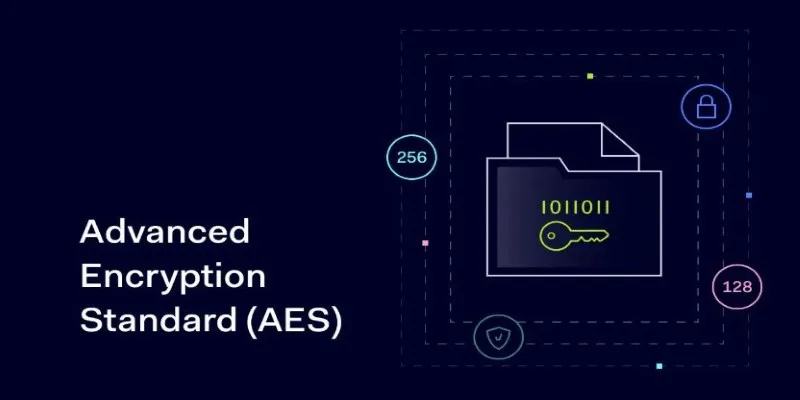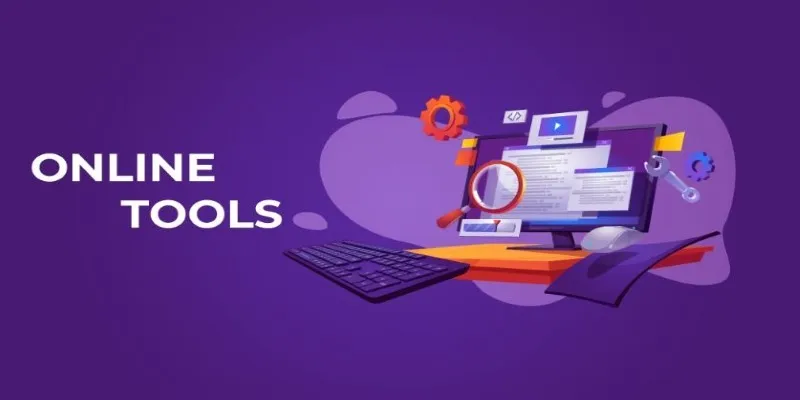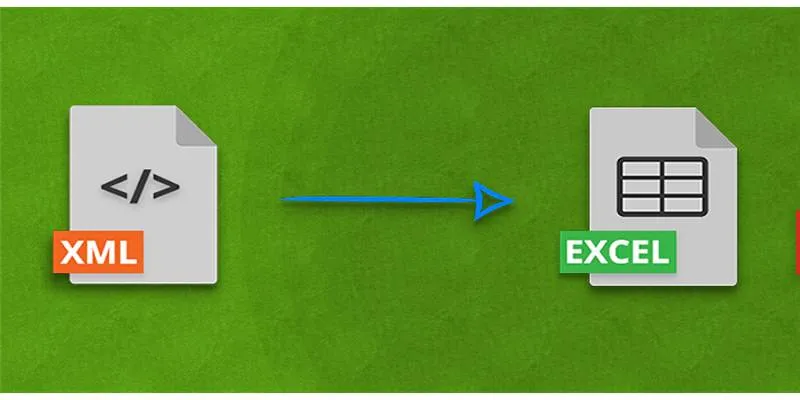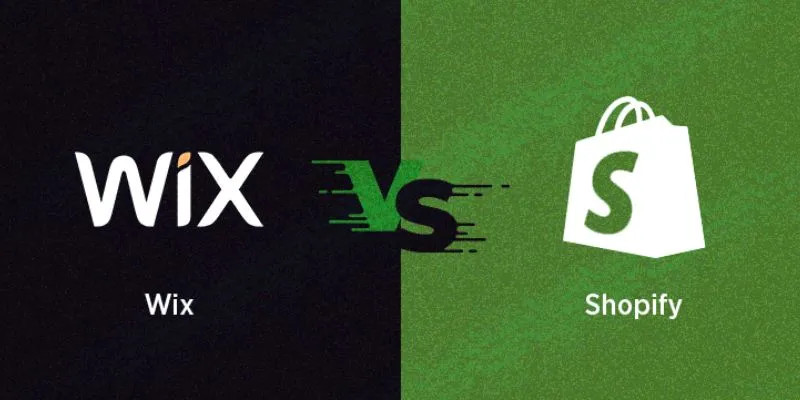Why Encryption Is the Backbone of Modern Online Tools
We rely on online tools every day—whether for storing files, managing tasks, or messaging coworkers. Behind the scenes, your data is constantly moving across networks and servers. What keeps it safe from prying eyes? That’s where data encryption in online tools comes in. It silently protects your information, turning it into unreadable code unless someone has the correct key.
Encryption isn’t just a technical detail—it’s what stands between your private life and a data breach. If you’re using tools without understanding how they secure your data, you’re taking a risk without knowing it. Let’s unpack what really happens.
What Encryption Actually Does in Online Tools?
At its core, encryption transforms plain information into unreadable code. This ensures that if anyone intercepts your data, it’s useless without the right key to unlock it. When using apps or services online, your data moves across networks and is stored on remote servers. Encryption is what keeps it protected both in transit and at rest.
When data is “in transit,” it’s moving—like when you upload a photo to cloud storage. When it’s “at rest,” it’s sitting on a server waiting for you to access it later. Strong online tools secure both phases, but not all platforms get this right.
Some of the safest platforms use end-to-end encryption. This means your data is encrypted on your device and only decrypted on the recipient’s end. Not even the service provider can access the actual content. That kind of setup is common in secure messaging apps and is slowly expanding into file-sharing and note-taking tools.
Encryption Standards and Real Protection
Different tools use different encryption methods. One of the most common is AES (Advanced Encryption Standard). It’s fast, secure, and trusted by banks, governments, and many online security tools. AES comes in 128, 192, and 256-bit versions—the longer the key, the stronger the protection.

Another method is RSA, which uses a pair of keys—public and private. RSA is often used to set up a secure connection before faster encryption methods take over. If you’ve ever visited a website with a lock symbol next to the URL, RSA was likely involved in securing that session.
Hashing is another tool in the mix. It’s used to store things like passwords. Unlike encryption, hashing can’t be reversed. It turns your password into a unique string of characters that can’t be undone. Combined with other methods, it helps prevent unauthorized access.
Unfortunately, not all tools use these methods well—or at all. Some cut corners, use outdated algorithms, or skip encryption in certain areas. That’s why it’s important to check what standards a tool follows. Look for terms like AES-256, TLS, or zero-knowledge encryption. These aren’t just buzzwords—they’re clues that your data is taken seriously.
Weak Links and Where Things Go Wrong
Even with good encryption, your data isn’t completely invincible. The biggest risk usually comes from human habits. Weak passwords, skipping two-factor authentication, or not logging out of shared devices all create weak spots that attackers can exploit.
Let’s say you’re using a file-sharing tool with strong encryption. If someone steals your laptop and your account is logged in, encryption won’t help. Or if your password is “123456,” you’ve basically left the door wide open.
Some tools also have issues with managing permissions or storing encryption keys. If an app stores the key on the same server as the encrypted data, it’s easier to crack. And if it hands out admin access too freely, a single breach can expose everyone.
Then there’s metadata—things like login times, IP addresses, or who accessed what and when. This data may not include content, but it can still reveal patterns. Good tools limit this exposure or anonymize it, adding another layer of privacy.
One of the biggest concerns is backdoors—secret ways for companies or governments to access your data. While often added for legal reasons, they create vulnerabilities that hackers could exploit. That’s why people are moving toward tools with end-to-end encryption and no backdoor access.
Why Is Encryption a Digital Essential, Not a Bonus?
Encryption will be an expected feature in 2025. As we spend more of our lives online, strong encryption will become the foundation of digital trust. It will protect passwords and documents, identities, personal histories, and communication.

Data encryption in online tools is no longer limited to tech companies or financial services. Health records, school data, and even grocery apps now depend on it. As more people use cloud-based platforms, the need for secure tools is growing.
Many online security tools now give users more control, like managing their own encryption keys or setting access limits. This shift puts privacy back into the user’s hands, where it belongs.
Governments are also stepping in with tougher data protection laws. Tools that fail to meet these standards risk penalties, lawsuits, and lost users. This means that companies are under pressure to not only implement encryption but explain it clearly.
Looking ahead, encryption will play a key role in protecting emerging tech—from AI to remote work platforms. As these systems evolve, strong encryption will continue to be the first line of defense.
Conclusion
Encryption isn’t just a background process—it’s your frontline defense in the digital world. As more of your personal and professional life moves online, the role of data encryption in online tools becomes critical. From securing sensitive files to protecting conversations, encryption helps ensure your privacy stays intact. However, strong encryption is only effective when paired with smart usage—think of strong passwords and trusted platforms. As threats evolve, so must our awareness. Tools that prioritize encryption aren’t just more secure—they’re more trustworthy. Taking encryption seriously today means staying safer tomorrow, no matter what platform or app you’re using.
Related Articles

The Power of Online Tools: Definition, Purpose, and Impact

PowerPoint Image Compression: Reduce File Size Without Sacrificing Clarity

Compress PDF Files Under 1MB While Maintaining High Visual Quality

Convert XML to Excel Online – Easy & Quick Method (No Coding Required)

20+ Best Digital Marketing Tools

Base64 Encoding and Decoding Made Easy with Free Online Tools

The Best Flowchart Software and Diagram Tools in 2025: A Comprehensive Guide

The 13 Best Campaign Management Software Tools to Streamline Your Marketing

Wix vs Shopify: In-Depth Comparison for Choosing the Right CMS

Building Flexible Online Tools: The Power of Responsive Design

Base64 Encoding and Decoding Made Easy with Free Online Tools

Tools in the Cloud: The Future of Work Made Simple
Popular Articles

Top 10 VR Movies That Will Take You to Another Dimension

The 8 Best Event Management Software Platforms to Simplify Your Planning

Best Places to Submit Your New Software Project

Simplify Your Project Management Software Comparison: Top 5 Choices

Beyond QuickBooks: 10 Fresh Alternatives to Elevate Your Accounting Game in 2025

ProWritingAid vs. Grammarly: A Writer's Guide to Choosing the Best Tool

Different Ways to Repeat and Loop a Video on iPhone

User Favorites: 5 Field Service Management Mobile Apps You Should Try

Best 3D Animation Tools for Beginners and Experts Alike

The Best All-in-One Messaging Apps in 2025 for a Streamlined Communication Life

Explore the Best Project Management Software for Construction Professionals in 2025

 mww2
mww2